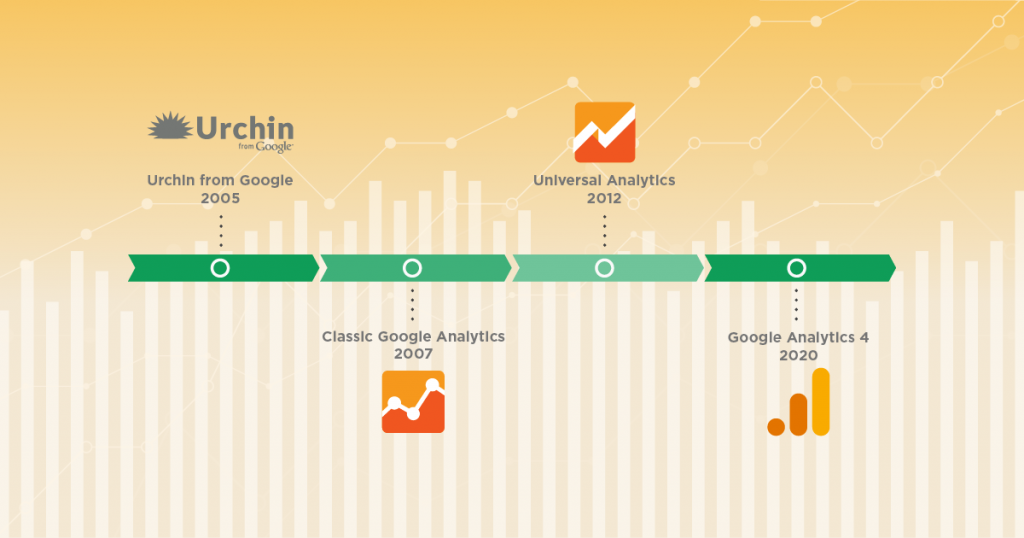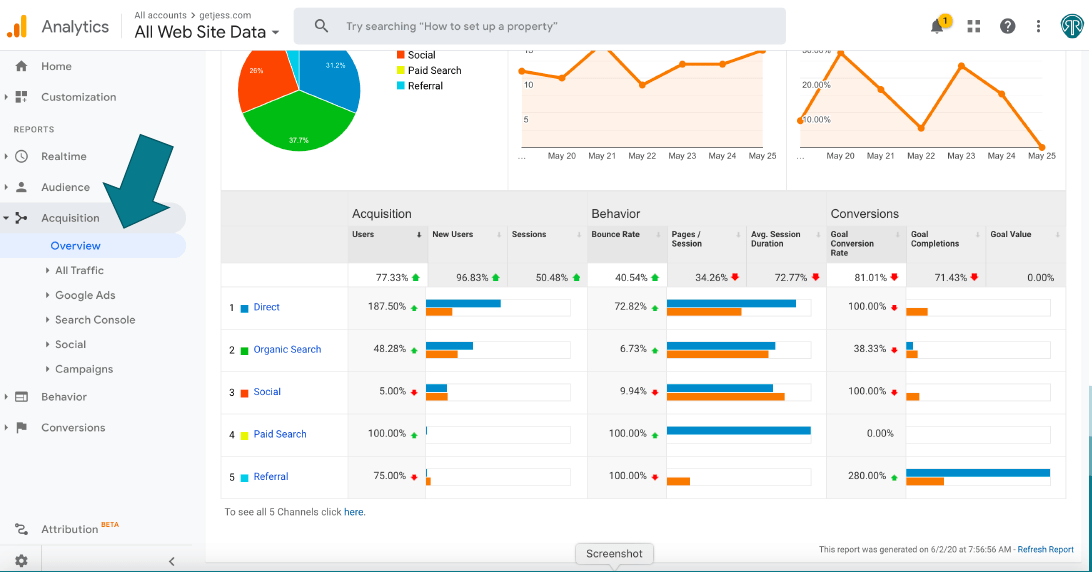Master Website Insights With Accurate Google Analytics Tracking Code
The reliable application of Google Analytics depends upon the accurate application of its monitoring code, an essential step frequently forgotten by web site owners. This seemingly simple JavaScript snippet, when appropriately put, comes to be the backbone of information collection, supplying understandings into user actions and web site performance. Nevertheless, difficulties can occur during configuration, potentially skewing the data and resulting in misinformed choices. Recognizing these complexities is vital for making best use of the advantages of analytics. What are the typical pitfalls that could threaten your tracking initiatives, and exactly how can you ensure precision in your method?
Understanding Google Analytics Essentials
Google Analytics is a vital device for site proprietors and online marketers, giving vital insights into individual actions and site efficiency. At its core, Google Analytics collects data concerning visitors to a site, permitting users to evaluate metrics such as web traffic sources, individual engagement, and conversion prices. Recognizing these fundamentals is essential for optimizing a site's performance and improving customer experience.
The platform uses cookies to track communications, recording data such as page views, session periods, and bounce prices. This info is accumulated and offered via customizable dashboards, enabling users to imagine patterns gradually. Key efficiency signs (KPIs) can be checked, such as the complete variety of customers, brand-new versus returning site visitors, and the geographic distribution of the audience.
Furthermore, Google Analytics provides segmentation features, allowing users to isolate specific traffic sources or customer demographics for even more targeted evaluation. By grasping these foundational elements, website owners can make enlightened choices regarding material technique, marketing campaigns, and total site enhancements. Inevitably, comprehending Google Analytics fundamentals is necessary for leveraging information to drive development and attain company goals properly.
Establishing Up Your Tracking Code

Copy the given monitoring code and paste it into the HTML of your website. This makes certain that the monitoring code loads before any type of other web content, enabling it to capture information precisely.
After installation, validate that the tracking code is functioning properly by utilizing Google Tag Aide or the Real-Time reports in Google Analytics - when does the google analytics tracking code send an event hit to analytics?. This action is necessary to verify that your data collection is energetic and accurate, setting the foundation for informative analysis
Common Monitoring Code Issues
Numerous site proprietors encounter typical issues with their Google Analytics tracking code that can prevent information collection and analysis. One common issue is improper installment. This may occur when the tracking code is placed in the incorrect section of the site's HTML, commonly bring about insufficient or missing information. Furthermore, having numerous circumstances of the tracking code on a single web page can cause filled with air metrics, as individual communications might be counted more than when.
Another concern develops from making use of advertisement blockers, which can prevent the tracking code from carrying out entirely, thus skewing information. when does the google analytics tracking code send an event hit to analytics?. In addition, failing to set up filters properly can result in the exclusion of necessary traffic sources or the addition of unwanted recommendation spam, distorting the data accumulated
Website owners may additionally ignore the importance of tracking code updates, particularly when moving to Google Analytics 4 (GA4) from Universal Analytics. Last but not least, inadequate testing prior to releasing adjustments can lead to undiscovered mistakes in the tracking code, even more complicating information integrity. Addressing these usual problems is crucial for ensuring exact monitoring and insightful analytics.
Studying Website Data Successfully
Accurate information collection is just the very first action in leveraging Google Analytics; the real value hinges on effectively examining that information to drive educated decision-making. To achieve this, it is important to identify essential efficiency indications (KPIs) that straighten with your service goals. Emphasis on metrics such as conversion prices, user engagement, and web traffic sources, as these will certainly provide understandings into individual actions and the overall effectiveness of your internet site.
Using Google Analytics' division attributes enables for a much deeper understanding of your audience. By breaking down data into details demographics, behaviors, and traffic channels, you can uncover fads and patterns that inform targeted approaches. Applying custom records and dashboards can streamline this procedure, allowing fast access to relevant data.
Furthermore, consistently assessing information fads gradually assists to determine anomalies and opportunities for renovation. Make use of visualization devices to existing data in an easily digestible layout, assisting in more efficient interaction with stakeholders. Ultimately, the capacity to examine web site information effectively equips companies to make critical decisions that improve user experience, optimize marketing efforts, and drive visit their website growth.

Finest Practices for Accurate Monitoring
Applying efficient tracking practices is vital for getting trusted data in Google Analytics. To guarantee accurate my response monitoring, start by properly mounting the Google Analytics tracking code on every page of your web site. This can be accomplished with a tag manager or by straight installing the code into the HTML.
Following, configure your Google Analytics account to leave out internal website traffic. This can be done by setting up filters that identify and remove visits from your company's IP address, consequently preventing manipulated information. Furthermore, utilize event monitoring to keep an eye on particular user interactions, such as downloads or video clip plays, which conventional page views may ignore.
Frequently investigate your tracking configuration to verify that all attributes, such as objectives and ecommerce monitoring, are functioning correctly. Develop a consistent naming convention for your events and campaigns to promote much easier coverage and evaluation.
Finally, take into consideration leveraging UTM criteria for campaigns to acquire insights right into the performance of various advertising efforts. By complying with these best methods, you can boost the accuracy of your information collection and analysis, inevitably causing even more enlightened decision-making for your internet site.
Final Thought
By making certain the monitoring code is correctly put and regularly investigated, site proprietors can record important customer interaction data, thus facilitating the recognition of crucial performance indicators. Inevitably, a durable monitoring structure improves the ability to drive interaction and boost total website performance.

Inadequate screening important source before introducing changes can result in undetected mistakes in the monitoring code, additionally making complex data integrity.Executing reliable monitoring methods is essential for obtaining trusted data in Google Analytics. By making sure the monitoring code is appropriately positioned and routinely investigated, website owners can record crucial individual interaction data, hence facilitating the recognition of vital efficiency indicators.